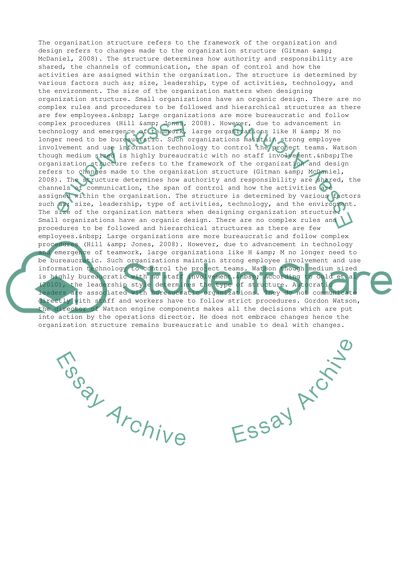Cite this document
(A Strategy for Success: Watson Dissertation Example | Topics and Well Written Essays - 3000 words - 20, n.d.)
A Strategy for Success: Watson Dissertation Example | Topics and Well Written Essays - 3000 words - 20. Retrieved from https://studentshare.org/business/1752130-introduction-to-organisations-and-management
A Strategy for Success: Watson Dissertation Example | Topics and Well Written Essays - 3000 words - 20. Retrieved from https://studentshare.org/business/1752130-introduction-to-organisations-and-management
(A Strategy for Success: Watson Dissertation Example | Topics and Well Written Essays - 3000 Words - 20)
A Strategy for Success: Watson Dissertation Example | Topics and Well Written Essays - 3000 Words - 20. https://studentshare.org/business/1752130-introduction-to-organisations-and-management.
A Strategy for Success: Watson Dissertation Example | Topics and Well Written Essays - 3000 Words - 20. https://studentshare.org/business/1752130-introduction-to-organisations-and-management.
“A Strategy for Success: Watson Dissertation Example | Topics and Well Written Essays - 3000 Words - 20”, n.d. https://studentshare.org/business/1752130-introduction-to-organisations-and-management.


